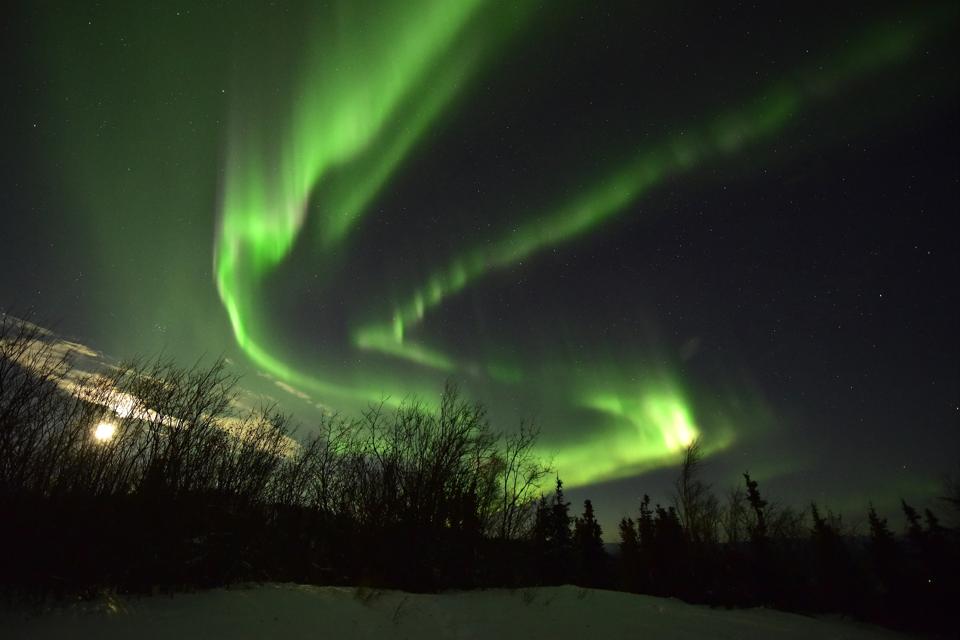Topline
A small group of northern U.S. states could see the northern lights Saturday night, providing the best shot at seeing the natural phenomenon as auroral activity is expected to decrease Sunday.
Key Facts
The National Oceanic and Atmospheric Administration has forecasted a Kp index of three Saturday night, indicating an increase in auroral activity and formations that “can be quite pleasing to look at” if observers are in the right place.
Saturday’s curved viewing line reaches as far south as the border of North and South Dakota, with chances of seeing aurora borealis becoming greater the further north observers are of the line.
Although the likelihood of aurora is low Saturday night, those thinking of trying to catch a glimpse of northern lights should do so before Sunday, when forecasters predict a Kp index of two, which entails dim auroral activity.
Get Forbes Breaking News Text Alerts: We’re launching text message alerts so you’ll always know the biggest stories shaping the day’s headlines. Text “Alerts” to (201) 335-0739 or sign up here.
Where Will The Northern Lights Be Visible?
Regions with a low likelihood of seeing the northern lights include the northeastern tip of Washington, the northern tip of Idaho, the northern half of Montana, North Dakota, northern Minnesota, northern Wisconsin and Michigan’s upper peninsula. A large portion of Canada and Alaska will have higher chances of seeing the lights.
What’s The Best Way To See The Northern Lights?
The window between 10 p.m. and 2 a.m. is the best time to try and see the lights. Observers can improve their chances at seeing aurora borealis by viewing from vantage points and areas with clear skies and little to no light pollution.
What’s The Best Way To Photograph The Northern Lights?
Observers with smartphones should use their devices’ night mode and avoid using flash when trying to photograph the northern lights. Tripods and low shutter speeds can help regular cameras snap photos of the lights, as well as wide-angle lenses and high apertures.
Key Background
May’s northern lights activity is far more mild than the same time a year ago, when states as far south as Texas and Florida had chances to see aurora borealis. Last year, the sun reached a “solar maximum,” marking a large increase in solar events like solar flares and coronal mass ejections, which contribute to northern lights showings. The peak in the solar activity is forecast to last into early 2026, according to National Oceanic and Atmospheric Administration scientists.
Further Reading
Get Ready For 50 Years Of Intense Northern Lights, Scientists Say (Forbes)

